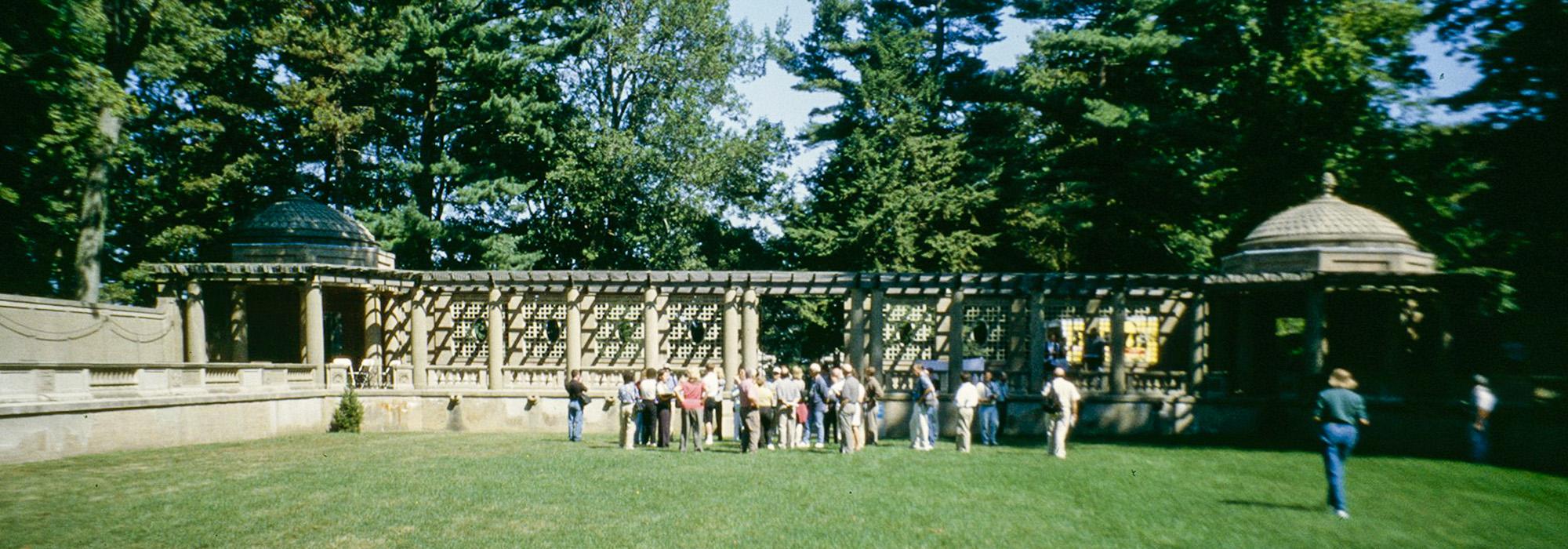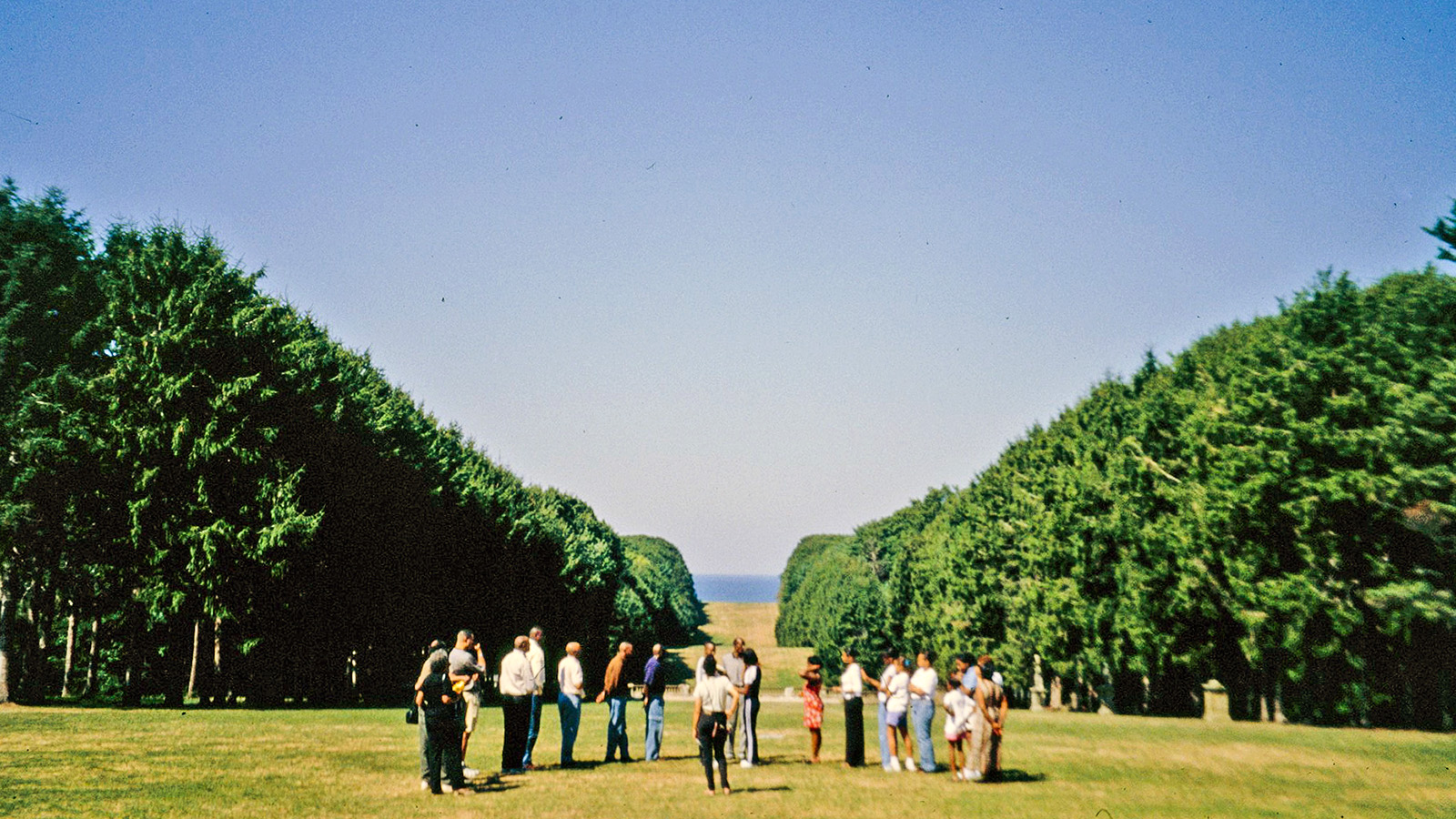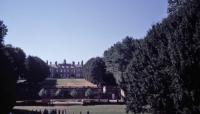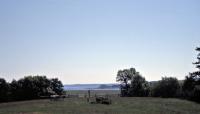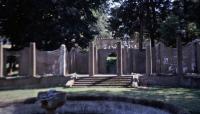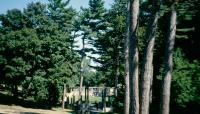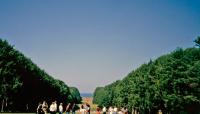Landscape Information
In 1910 industrialist Richard T. Crane Jr. purchased the 165-acre estate to serve as a summer retreat. He commissioned Charles Coolidge with Shepley, Rutan & Coolidge to design the Italianate mansion and Frederick Law Olmsted, Jr. with Olmsted Brothers to design an Italian Garden and Wild Garden and complete the site work and planting around the mansion. Between 1913 and 1915 Arthur Shurcliff designed the Grand Allée, a half-mile long formal mall leading from the mansion to the Atlantic Ocean. Inspired by the Cypress Allée at the Boboli Gardens in Florence, Shurcliff’s design is an undulating strip of lawn, 160 feet wide, lined with Norway spruce, white pines and red cedar and edged by classically-styled statuary. It crosses three hills on carefully graded land, which in combination with the evergreen edge focuses the view to the ocean.
In 1928 the first mansion was replaced with a Stuart style building designed by architect David Adler of Chicago. Adler also created an entrance gate and lodges in the same Stuart style, augmenting the more picturesque road system designed by Ernest Bowditch forty years earlier. The estate also includes an Italianate rose garden designed by Shurcliff with rosarian Harriett Foote; a maze; and a working farm planned by Edward Burnett with buildings and numerous other outbuildings by Shepley, Rutan & Coolidge.
In 1945 the Crane family donated the private beach to The Trustees of Reservations and followed with the remainder of the property in 1949. The estate was designated a National Historic Landmark in 1998.



